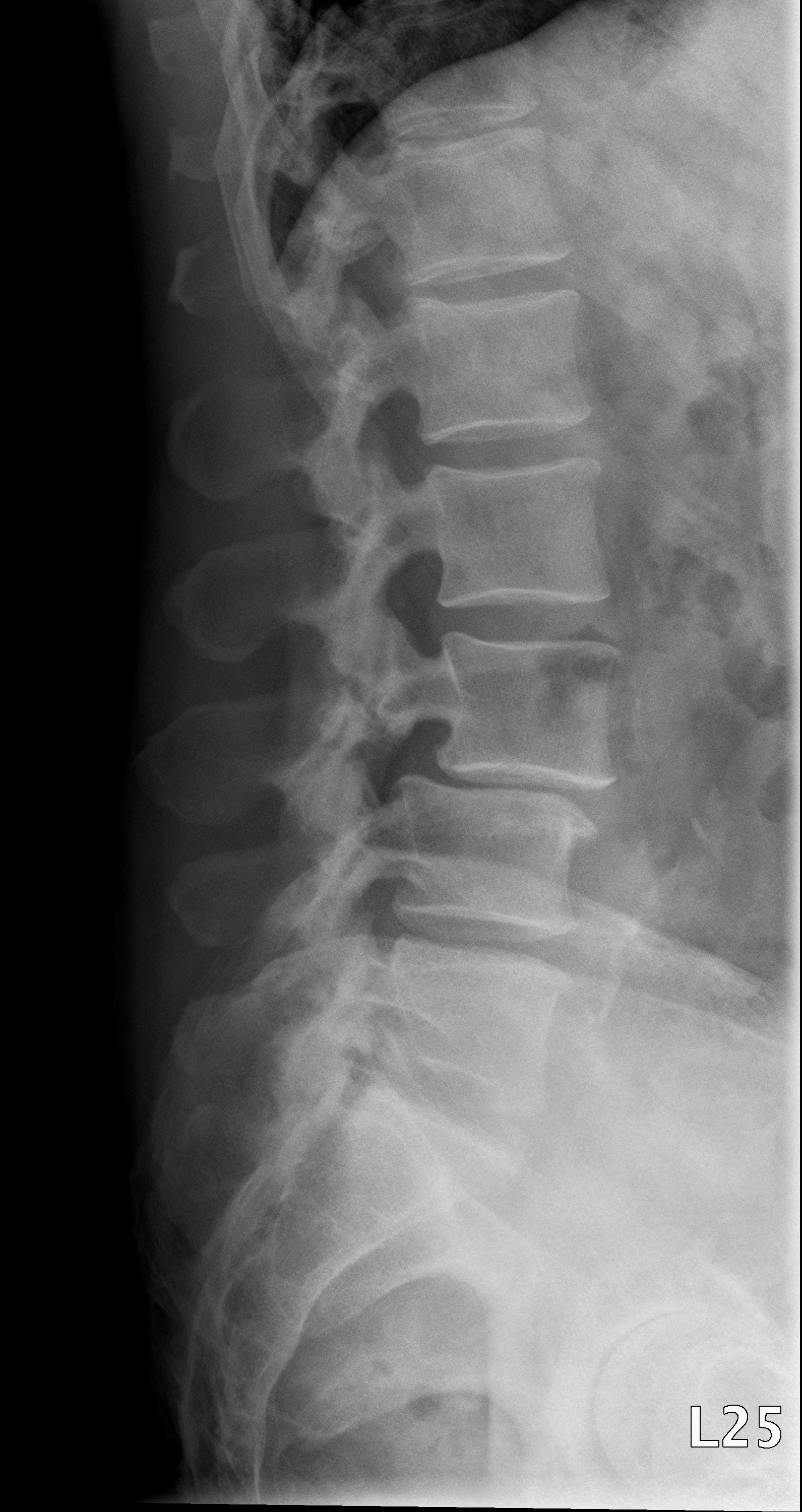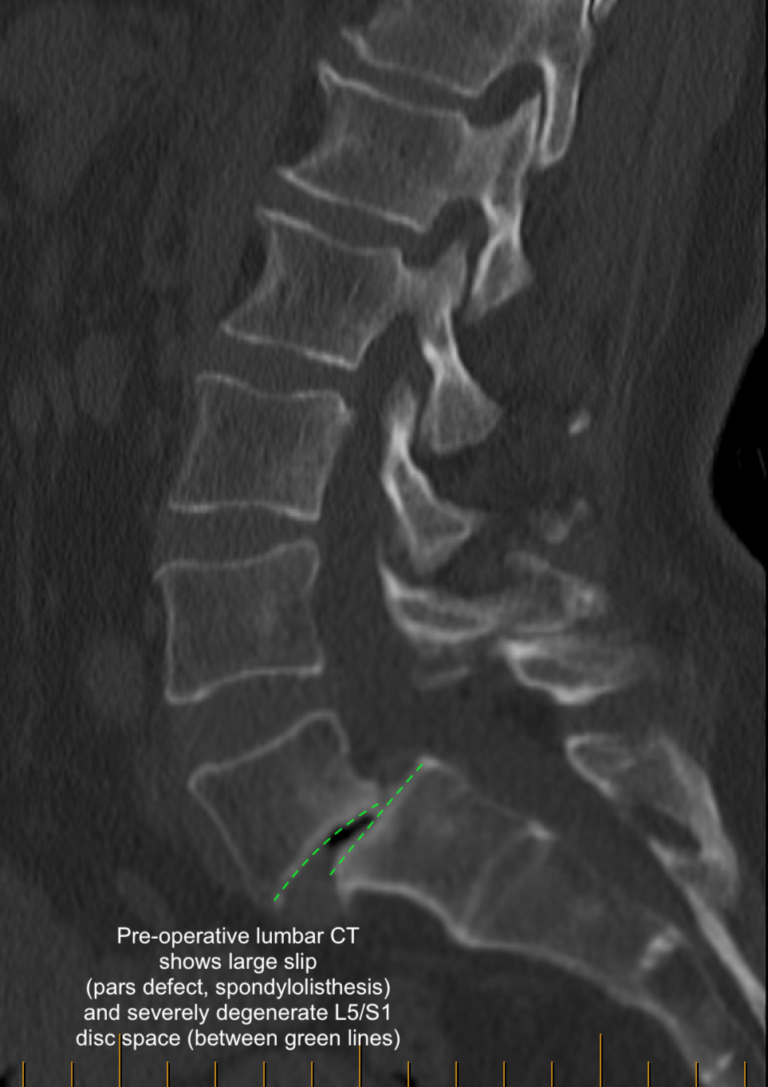
The mechanisms of displacement are thought to involve arthrosis of the zygapophyseal joint, disc degeneration, and remodeling of the articular process and pars.

It is rare under 50 years of age, it is 6 times more common in females over 60 years of age, 3 times more common in blacks as in whites, and is 4 times more likely if associated with a sacralized L5. This is 10 times more common at L4, and no greater than 25% anterior displacement occurs. Type 3 DegenerativeĪlso known as degenerative spondylolisthesis with an intact neural arch ie non spondylolytic spondylolisthesis. Subtype C :Rare, due to severe hyperextention leading to acute pars fractures. Subtype B :There is elongation of the pars interarticularis without a defect. Subtype A :A fatigue fracture of the pars interarticularis. Type 1 DysplasticĪssociated with a congenital abnormality of the upper sacrum or the neural arch of L5. The most widely used classification is described by Wiltse, Newman and Macnab. Other factorsĪcute traumatic fractures only involving the pars are rare, and certain disease processes which weaken the bone such as Osteopetrosis can cause spondylolysis. In high activity sportsmen the incidence of a pars defect is higher ie diving, weight lifting and pole vaulting where there is repetitive hyperextention. This theory is supported by the fact that in patient populations who are confined to bed, paraplegics and cerebral palsy’s, the relative incidence of a pars defect is lower. It is interesting to note that except for 1 case in a gorilla (C4 Spondylolysis) there has not been another mammal report of Spondylolysis, and it is thought to be related to the upright posture and associated repetitive hyperextention causing mechanical stress at the pars interarticularis. In an in vitro study on 28 human lumbar spines found that the pars interarticularis defect of the lumbar spine was related to hyperextention mechanical fatigue. This is at the moment the most commonly proposed aetiological mechanism causing a pars defect. The higher incidence in particular groups could be due to other factors predisposing individuals to develop the defect ie weaker cortical bone on a genetic level.

There is not a lot of evidence to support a congenital aetiology based on the non union of two separate ossification centres in the pars interarticularis or a defect in cartilaginous development. Causes of Spondylolysis and Spondylolisthesis Congenital causes The hypoplastic and asymmetric facets that occur with spina bifida occulta are thought to increase the stress at the pars interarticularis thus predisposing to a defect. The spinal defect does not necessarily occur at the level of the pars defect.

In patients with a pars defect there is a high incidence of spina bifida occulta, almost 13 fold. In Alaskan Eskimos there is a 28-40% incidence of pars defects (? carrying upright in a papoose puts increased strain on the pars interarticularis). In the black populations of South Africa there is a 2.4% incidence of a pars defect. In the white population there is a 5 -7% prevalence of pars defects with a male to female ratio of 2 to 1. 5% at L4, 3% at L1 L2 and 元, and 2% at C5 C6 and C7. PrevalenceĪpproximately 90% of all spondylolytic spondylolistheses involve the 5th lumbar vertebra. Spondylolisthesis: an anterior displacement of a vertebral body in relationship to the segment immediately below, this can occur with or without a defect in the pars interarticularis. Spondylolysis is an interruption of the pars interarticularis, this can either be unilateral or bilateral. Spondylolysis and Spondylolisthesis Spondylolysis and Spondylolisthesis Definitions


 0 kommentar(er)
0 kommentar(er)
